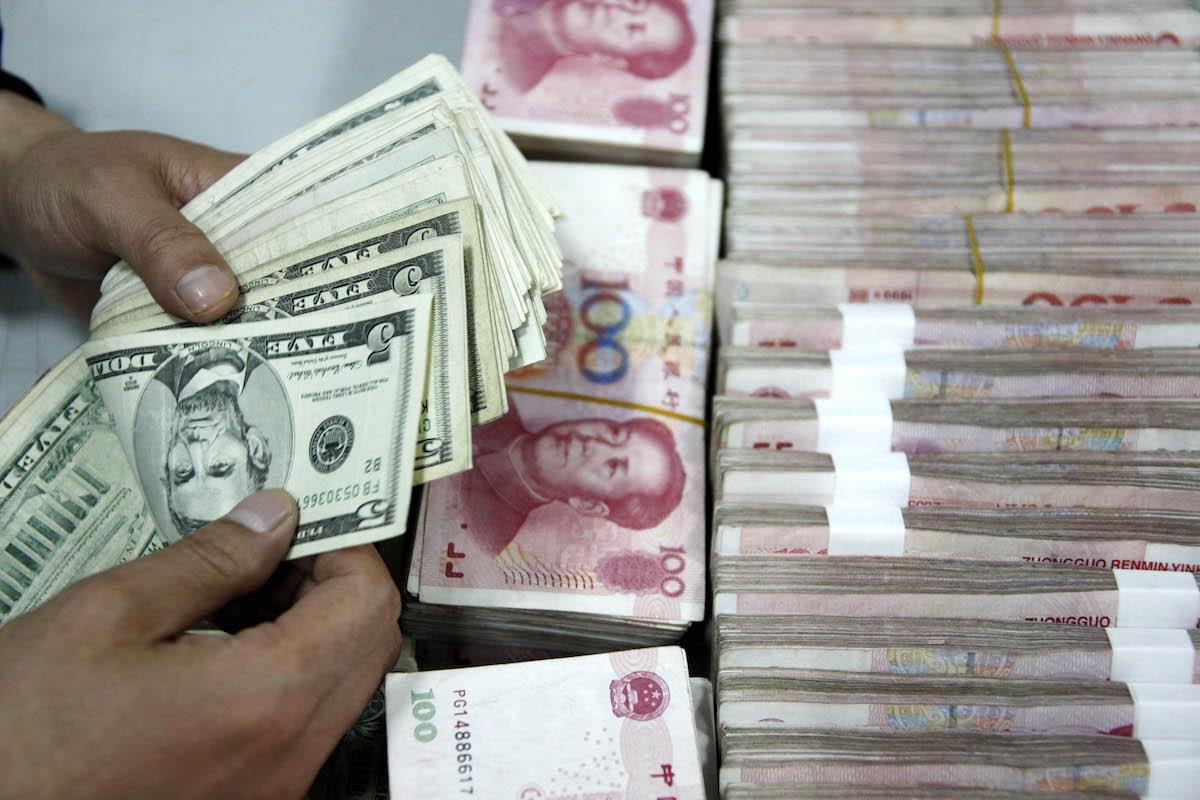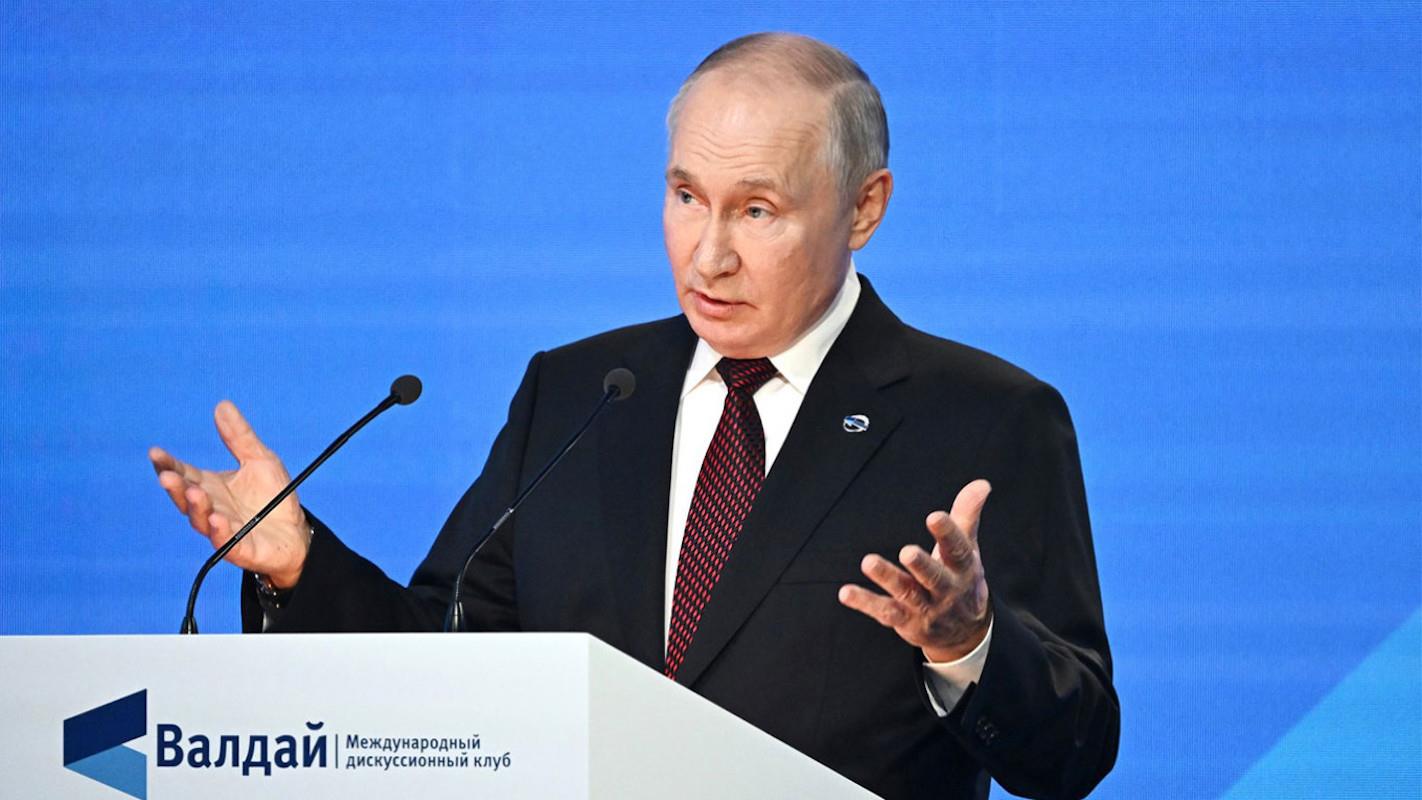
Avalanche Alert: China May Dump Dollars When Fed Eases Rates
The last time the US central bank tightened with the ferocity it did in recent years was between 1994 and 1995. That doubling of short-term rates within 12 months paved the way for the 1997-98 Asian crisis as a runaway dollar rally destabilized the region's currency pegs.
Since then, the 2008“Lehman shock” that the Fed was slow to see coming and the 2013“taper tantrum” have disproportionately rocked Asian markets.
Asia also bore the brunt of the Fed's 2022-2023 tightening cycle . The dollar's surge in response to Fed Chairman Jerome Powell's rate hikes saw epic waves of capital zooming toward US assets.
Yet might the Fed's rate cuts unleash a different kind of turmoil in Asia? It could indeed if economist Stephen Jen is right.
The chief executive of Eurizon SLJ Capital thinks Chinese companies might dump roughly US$1 trillion of dollar-denominated assets as Team Powell undoes its most recent rate hike campaign.
In fact, Jen predicts something of an“avalanche” as a weakening dollar sends waves of repatriating capital China's way, upending currency markets in the process.
Granted, Jen has warned of this dollar-dumping dynamic for a couple of years now. In June 2023, for example, Jen argued that“Chinese corporates continue to hoard dollars. The total stock of dollars held by Chinese entities continues to rise. The dollar's high carry may at present seem enticing to Chinese entities, but this configuration is fundamentally unstable.”
The scenario about which Jen has been warning:“Prospective rate cuts by the Fed and/or an economic reacceleration in China could lead to a precipitous fall” in the dollar-yuan rate“as corporate treasurers in China scramble to sell the dollars they don't need to have.”
Since the Covid-19 pandemic, mainland companies have gobbled up more than $2 trillion of overseas investment, a bet on higher-yielding assets than punters often find in China. As Powell begins ratcheting rates lower, those holdings could grow less attractive.
As a critical mass of mainland companies decide to pull funds back home, upwards of US$1 trillion will be on the move as the gap between China and US rates narrow, Jen reckons. Importantly, Jen points out that his guestimate could be“conservative.”
Now, as Powell declares“the time has come for policy to adjust” toward less restrictive conditions, Chinese selling risks may be upon us. It's worth noting, Jen adds, that companies swapping out of dollar assets could see the yuan
strengthening by up to 10%.

Legal Disclaimer:
MENAFN provides the
information “as is” without warranty of any kind. We do not accept
any responsibility or liability for the accuracy, content, images,
videos, licenses, completeness, legality, or reliability of the information
contained in this article. If you have any complaints or copyright
issues related to this article, kindly contact the provider above.






















Comments
No comment